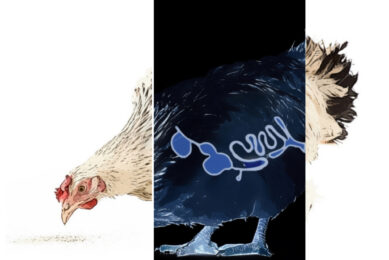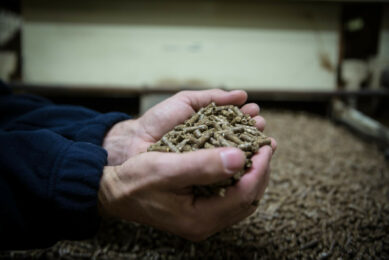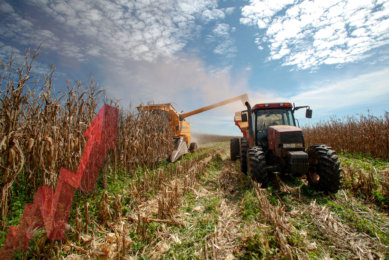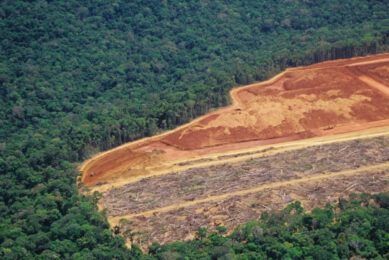Tecaliman’s approach to control pathogens
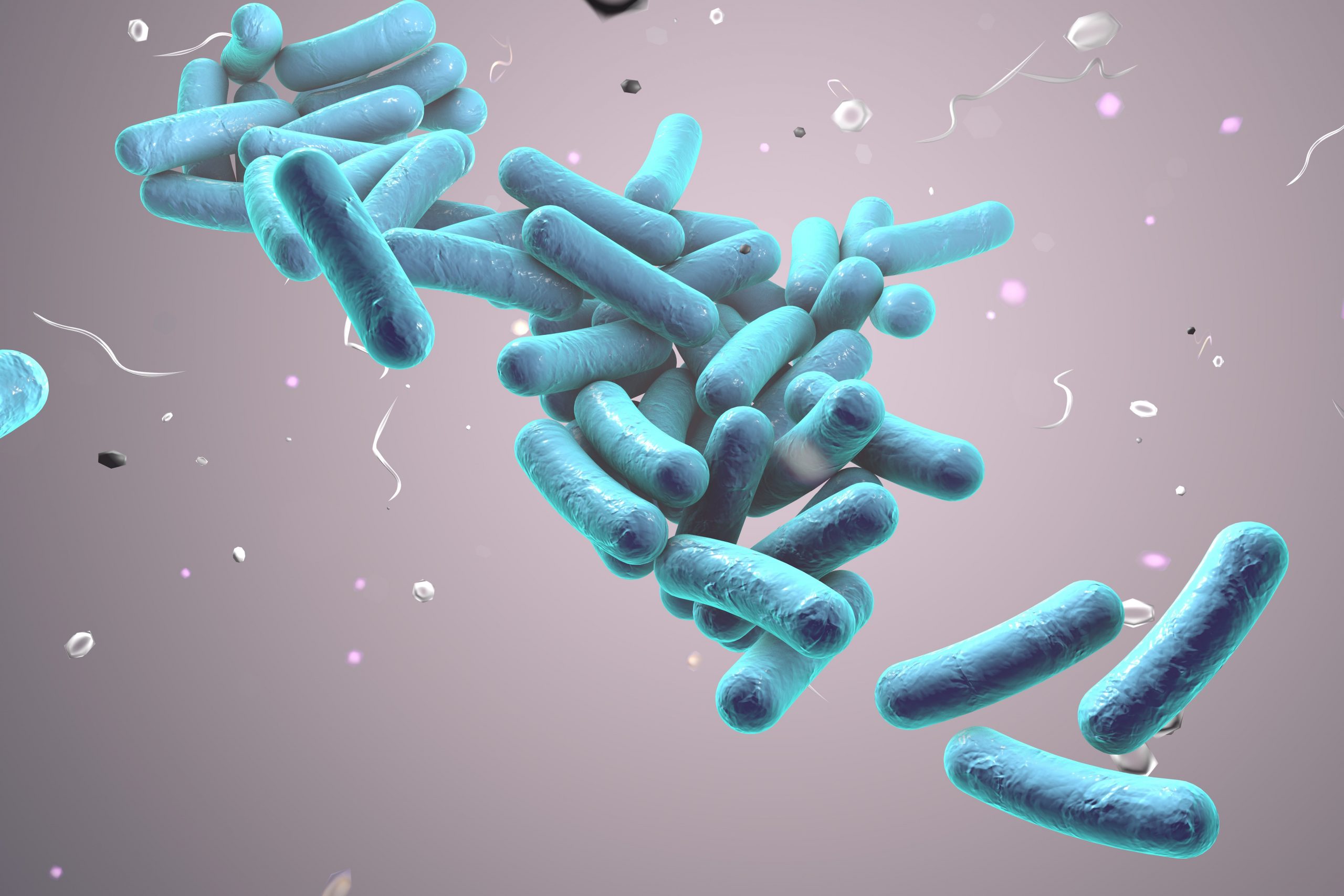
Since the early 1990s, the French technical centre Tecaliman have been active in finding novel ways to manage feed contamination by bacteria. Fabrice Putier, Tecaliman’s general manager, looks back on more than 25 years of research and work on this topic.
Tecaliman, established in 1981, is the only technical centre for feed in France. Established in Nantes (located in the main feed producing region of France), Tecaliman has become an internationally-renowned centre of excellence, both for the profession and the public authorities, in all subjects related to production units, from quality and the environment, to safety, energy and risk management. In the 80s, the centre primarily focused on studying the key processes of feed manufacturing: grinding, pelleting, mixing, drying, cooling and technological processing of oilseeds. As of 1989, Tecaliman began to add studies on feed safety (additives, Salmonella) and on the conditions of implementation of recent feed regulations. How to fight Salmonella in animal feed was a big focus during these years. “In the early 90s, batches of raw materials were often contaminated with Salmonella. Tecaliman therefore started to study the effects of steam treatment on raw materials, contaminated with bacteria. By heating the raw materials at 85°C for several minutes, a lot could be gained to make the feed cleaner,” explains Fabrice Putier, general manager at Tecaliman.
The work was also spurred on by new legislation around Salmonella, and soon heat treatment lines were part of most feed plants, particular for the treatment of feed intended for poultry breeding flocks. But not only Salmonella was a target organism. “We put emphasis on developing a method for evaluating the effectiveness of treatment lines and we also saw a decrease in Enterobacteria in the treated feeds. Since then, more trials were carried out to demonstrate that effective feed decontamination could be achieved by pelleting under selected conditions. The most important decontamination effect is then achieved by compression. Of course, animal feed mills should also make sure that feed is not re-contaminated in the process. We therefore also developed recommendations for feed millers on how to prevent recontamination of feed and how to test the risks of recontamination of feed in delivery trucks,” explains Mr Putier.

Acidifiers and heat treatment
At the end of 2010, more challenges were brought to the feed industry such as prevention of energy consumption in order to limit carbon emissions. Tecaliman started to experiment with temperature reduction in feed processing. This was shown to be possible with a combined use of heat treatments and a moderate addition of acidifiers. Some results of these trials (co-financed by ADEME) were recently presented at the Salmonella Workshop organised by FEFAC in Paris in December 2016 (Figure 1). In the case of steam treatments, they clearly show that the temperature has a greater impact on the decontamination of Enterobacteria than the duration of treatment (left) and that the incorporation of 0.8% formic acid (right) significantly increases the efficiency of treatments in a similar temperature and residence time range. “These tests have enabled Tecaliman to progressively acquire an expertise and gave use more insights on the bacteriolytic efficacy of physical or chemical treatments,” adds Putier.
Figure 1 – Steam treatment of pig feed acid-free (left) and with 0.8 % formic acid (right).

Hygiene condition improvers
In 2016, the French authorities again increased the pressure on the animal nutrition sector to control this risk by focusing on imports of raw materials. As a response, the French sector published the ‘Guide of professional practices controlling Salmonella risk’. This document presents all the actions taken by the sector to manage this risk. Within the framework of this Guide, certain directions for improvement are proposed. For example, in the case of imports, if a vessel arrives with a contaminated product, the authorities block it. To be able to unblock the vessel as soon as possible, the use of certain chemical treatments can then be a possible (quick) solution. In parallel with this, the European authorities have agreed to open a new class of additives called ‘hygiene conditions improvers’.

These are substances or, where appropriate, microorganisms that have a positive effect on hygienic characteristics of animal feed by reducing specific microbiological contamination (Regulation 2015/2294). To enter this class, it will be necessary to demonstrate the effectiveness of the products offered. “We have to demonstrate the effectiveness of chemical treatments to enter this new class of additives and to progress towards a better control of the possible contamination of the supplies,” says Mr Putier. Tecaliman is helping the feed industry with its expertise and know-how and proposed a protocol to look into the registration of certain chemicals as ‘hygiene condition improvers’. The proposal, called KHIRAL, includes pilot tests on natural Enterobacteria present in three matrices (raw materials and feed). They will be carried out at three conditioning temperatures and for varying durations up to 72 hours. In the coming months, several companies are going to use this protocol to test their products. “This new approach will enable an effective response to the authorities, but above all, will enable feed millers to meet the final needs of consumers with better control of hygiene conditions and have an extra tool to control bacteria in feed processing,” concludes Mr Putier.




